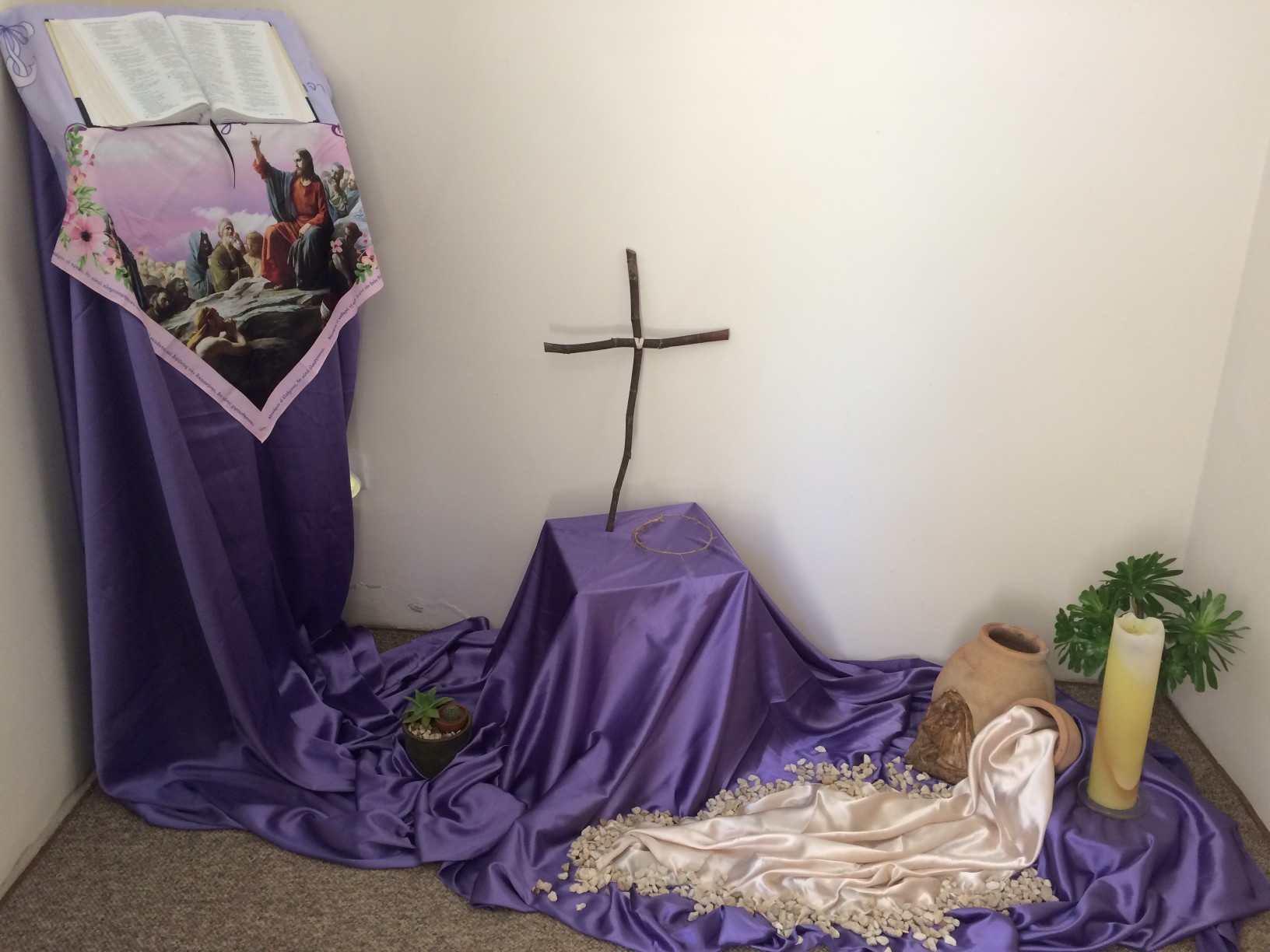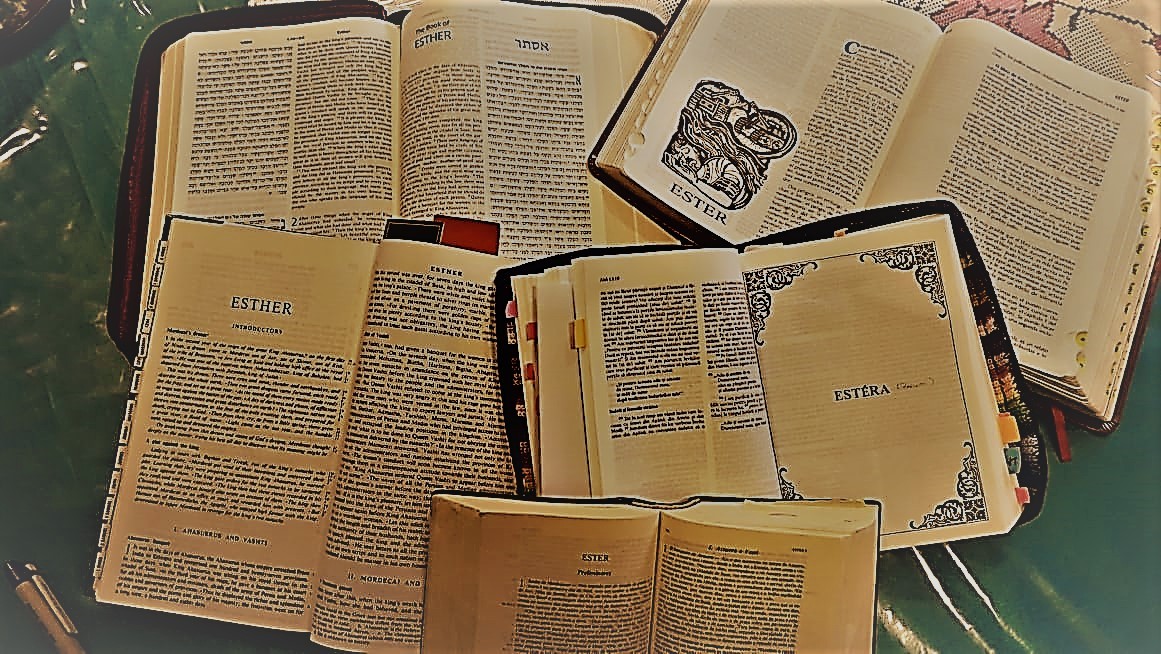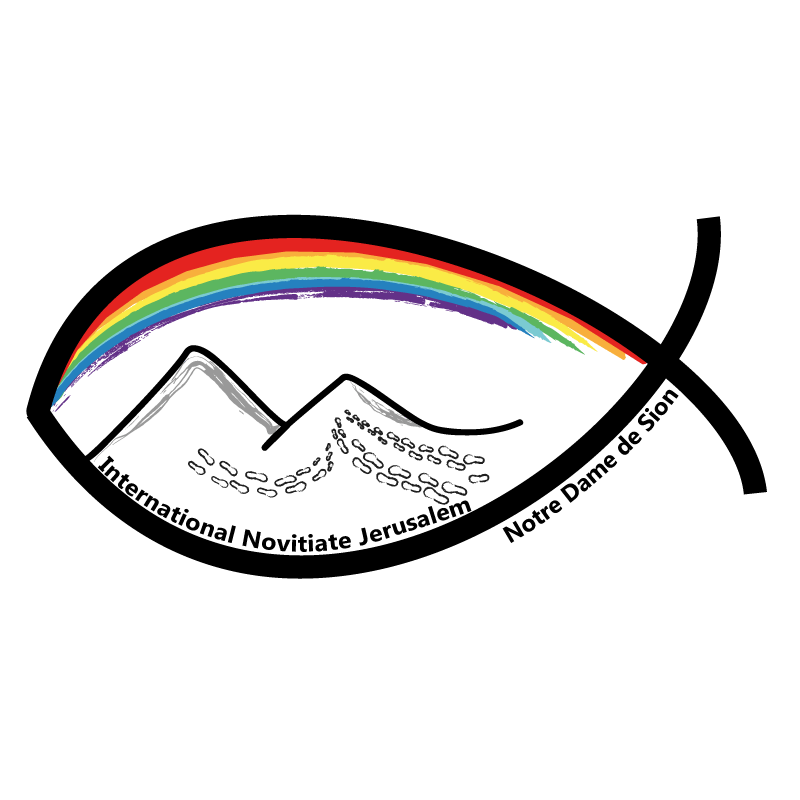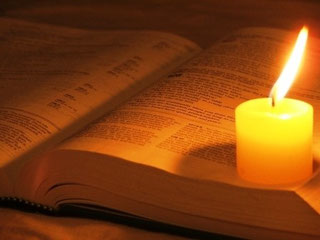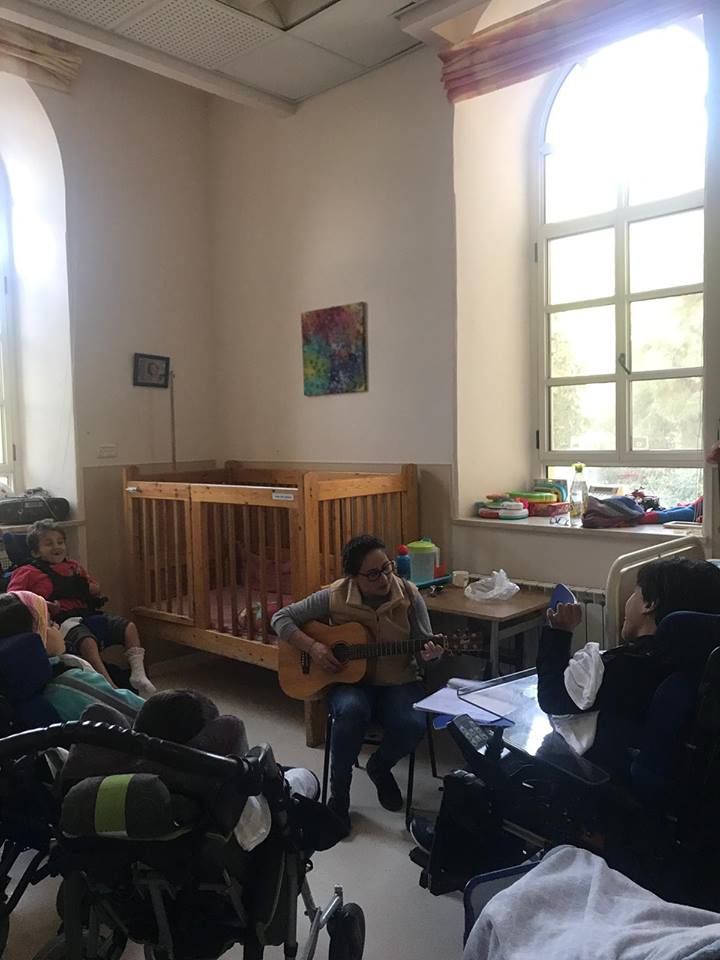This week began one of my favourite moments of the year, Lent, in preparation for the Holy Week. But why? If it supposed to be a time for sacrifice and conversion. Well precisely because it is much more than that. When I was a child, I thought that one of the places I most wanted to know was the place where Jesus lived. I thought it would be something magical and it is but in a different way than what I imagined.
Most of us when we hear the word Jerusalem think, “The land of Jesus”. And even the movies that we watched as children just show this one aspect. Forgetting that in this small space of land there coexist besides different cultures and the three great religions, many other forms of faith and equally those who do not believe at all but choose this land as their home. Of course, this makes the experience of this Lenten season much more unique.
The novices and Juliana decided to start our Lenten purposes by participating in “Way of the Cross” prayed by the Franciscans every Friday in the old city. Being able to listen at times, in my own language, some of the prayers and being able to meditate for a moment was a blessing. And it is not that it is not possible to reach a certain degree of recollection but we must take into account that I was surrounded by a crowd and passing many times in the middle of very narrow streets, with sales of all kinds, tourists with their cameras in hand and many, many people. This situation can be repeated in every important place for us Christians, here in Jerusalem and which is, especially at this moment, the centre of pilgrimage. But that does not stop the life and the routine of all the residents of the city.
Now, this first small experience makes me think more. Lent is a time of preparation for the Paschal Mystery, which is nothing other than the encounter with the life, death and resurrection of Jesus, the ultimate expression of God’s love for us.
But it is also a time of sharing because in each liturgical moment we are called to experience it within the community. For only in this way our faith can be fully expressed. So this Jesus whom we prepare to meet many times in silence and in prayer is also present walking among the people, selling their fruit, praying in a different way to ours. We find it precisely in the others and that for me has no other name than Charity. This is where the word “sacrifice” begins to make sense for me so, what greater sacrifice than trying to live in charity, not only with our actions but also with our words and thoughts in the midst of a world that makes us more and more individualistic? That is why, within the practices of Lent, this virtue occupies a special place. Because we are called, not to close ourselves to see only our own misery, but to open our eyes to the mercy of the one who “loves us first”, and take it to our neighbour.
So if we see it in this way, that other word “Conversion” in some way now also goes beyond looking for the absolution of our sins, which does not stop being an important point. But what we need as a first step is a change of mentality. It is an invitation to be able to understand our own poverty and weaknesses; those that weigh us so much. Not sure what this means and sometimes we resist being loved or approved. Because of that effort we come to forgiveness and then comes the ability to accept ourselves and others. And in this sense, it is not the conversion that produces forgiveness, but it is God’s work in us that brings us to forgiveness and this brings conversion.
Let us not loose the real meaning of this Lenten season and, very importantly, we must be attentive because the scripture says: “the devil waits for another time”. Because those temptations will always be present in our lives when we try to imitate and follow Jesus.
So let us avoid the temptation of thinking only about our daily bread and worrying exclusively about our crises. We only make real God’s kingdom among us when we struggle to make our world more compassionate and supportive.
Helen NDS, novice
Ein Karem 15.03.2019

